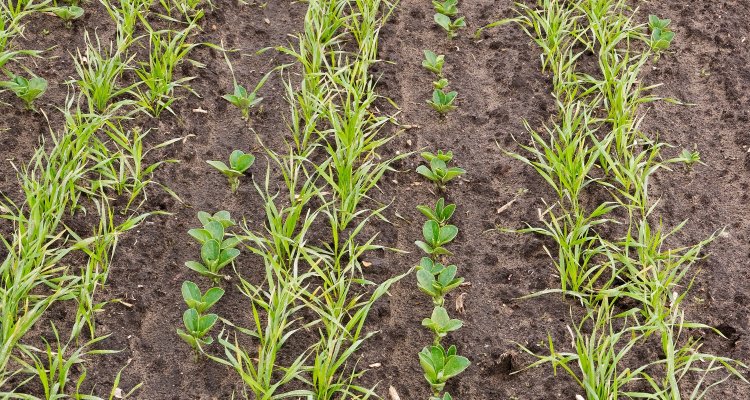
Project
Understanding root interaction in intercropping system
Intercropping systems can be beneficial for system resource use efficiency (such as nitrogen, etc.) and improving crop productivity and stability. Roots are important for plants to take up nutrients and water from the soil, and therefore a great determinant of plant performance. In this study, you can contribute to understanding and quantifying the differences in root distribution between the intercropping system and monocropping system.
Project description
Intercropping systems can be beneficial for system resource use efficiency (such as nitrogen, etc.) and improving the crop productivity and stability. These benefits can be traced back to niche differentiation for light, water and nutrients, both in space and time, depending on the exact intercrop system.
Roots are important for plants to take up nutrients and water from the soil, and therefore a great determinant of plant performance. Unlike in monocrop stands, in intercropping systems root functioning and morphology (such as the capacity of resource uptake and axial root number) differ between plants. In such systems, root growth is shaped by their immediate surroundings, which in intercrops may differ substantially from plant to plant.
In intercropping systems, the vertical distribution of the root system significantly affects soil N uptake. For instance, in the maize-wheat intercropping system, maize roots occupy more space in topsoil layers while the root system of wheat occupies more space in deeper soil, compared to monocrops. In contrast, in maize-faba bean intercropping, more maize roots are distributed to deeper soil layers while more roots of faba bean are generally found in topsoil layers compared to monocrops. This shows that root development and the changes in architecture over time differ depending on the situation plants grow in. These
difference have consequences for resource uptake, but there are substantial
gaps in our knowledge on the extent to which system resource uptake depends on
changes in root system architecture, and which ecophysiological mechanisms are
responsible for this.
Objectives and methods
To further understand and quantify the differences in root distribution between intercropping system and monocropping system, a meta-analysis or a quantitative literature review needs to be conducted. The body of literature is large but an integrated study is missing. This thesis study is aimed at filling that gap.
Required skills
Experience in finding appropriate literature and extracting relevant information. Experience in using R for data analysis and (basic) statistics.